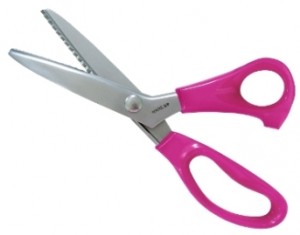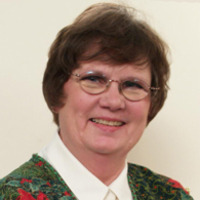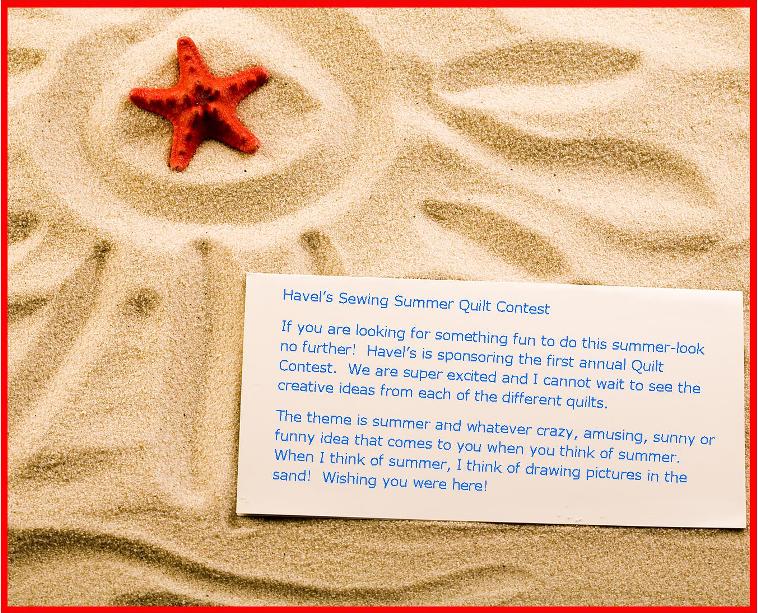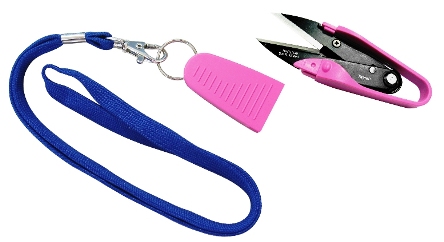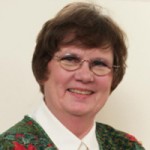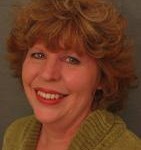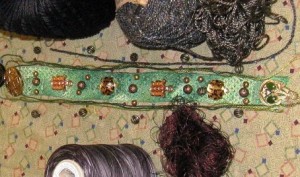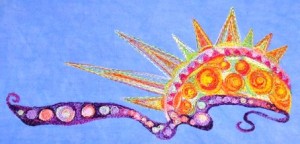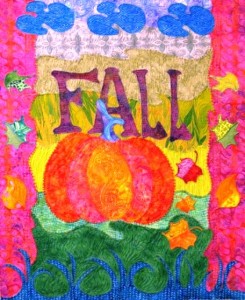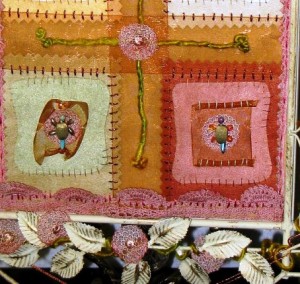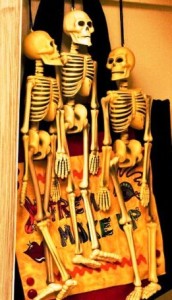Interview with Mixed Media Artist Liz Kettle
What can we say about Liz? Well, for starters, she’s absolutely wonderful! I’ve had the pleasure of working with her in the last year, and there’s never been a dull moment with her! She has an exuberant and colorful personality that matches her art to perfection. I recently spoke with Liz about her career as a mixed media artist and found out, among other things, what inspires her most in her work.
How long have you been a mixed media artist?
I’ve been mixing up my media for a long time now. I could never just commit to one type of medium, even when I was a kid. I started combining and mixing different media with more of a focus about 8 years ago.
How would you describe your style?
Eclectic! My work is generally divided into two styles: abstract and narrative. However, I love so many different styles that I guess you could say I’m a mixed style artist as well as mixed media.
Was there a certain artist that inspired you in the early stages of your career?
There are just too many inspiring artists to count! If I had to narrow it down to just one, I would say Jan Beaney and Jean Littlejohn. Well, actually that’s two, but they’re a team so I’m counting them as one! Their innovative stitch and mixed media work captures the essence of “what if.”
Apart from creating art, what else do you do within the industry?
I also love to teach! Classes and workshops are so much fun, and I get so jazzed when a student gets really excited about creating art that is personal and unique to them. I also write books and articles for magazines and blogs, and host free online book studies on my web site.
What’s the most challenging part about creating mixed media art?
Confidence, without a doubt. When you’re out there creating something personal and authentic, you’re working without a pattern or template or any kind of rules. It can be really hard to trust yourself with your skills and instincts, but once you do, you’ll be amazed at what you discover.
What’s the best advice you could give someone who wants to try quilting or textile art for the first time?
First, get the right tools for the job and don’t skimp. Getting by with inferior tools has cost me time, money and a lot frustration. Second, be brave! There’s no “perfect” in art. Follow your heart and make what you love. Last one – is it ok that I didn’t stop at one thing? Ok, last one … PLAY! We get so focused on producing stuff that we forget to play sometimes. That’s the fuel for creativity. Playing means you’re just mess around with your supplies and tools with no set goal in mind. Have fun and lose yourself in the flow, and great things will come as a result!
Go to Textile Evolution to read more about Liz Kettle


